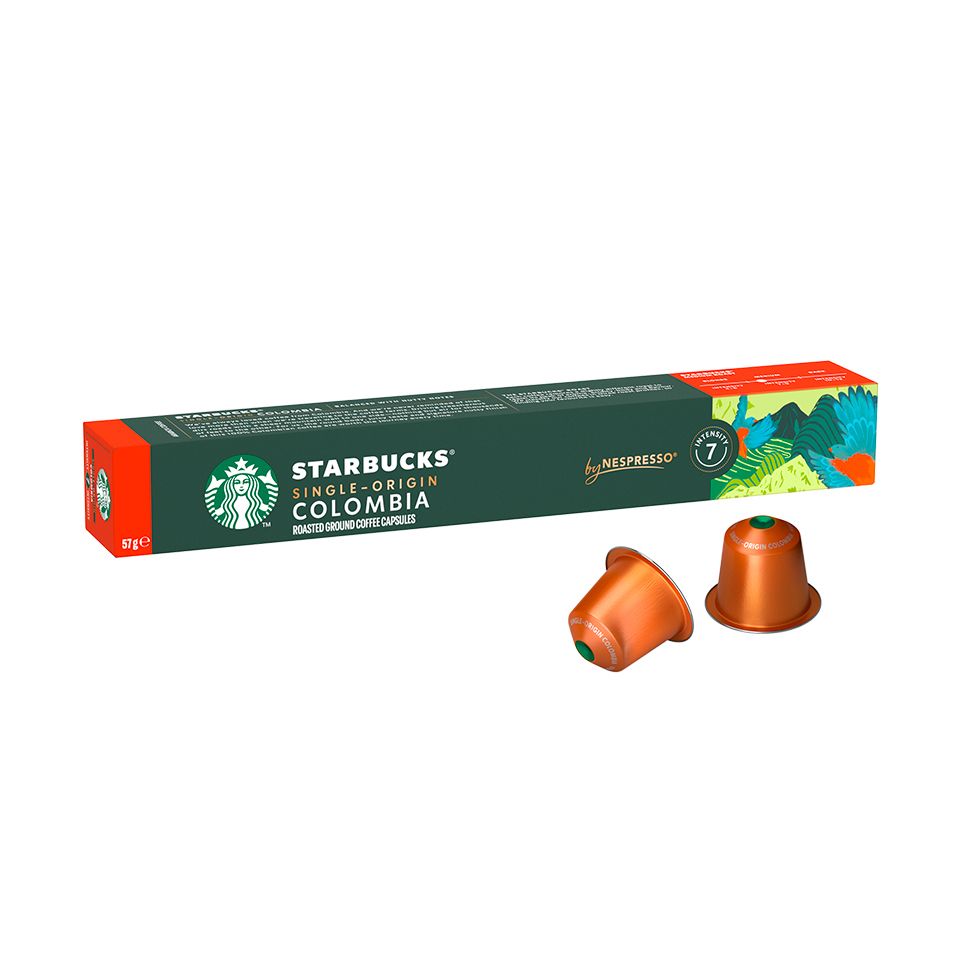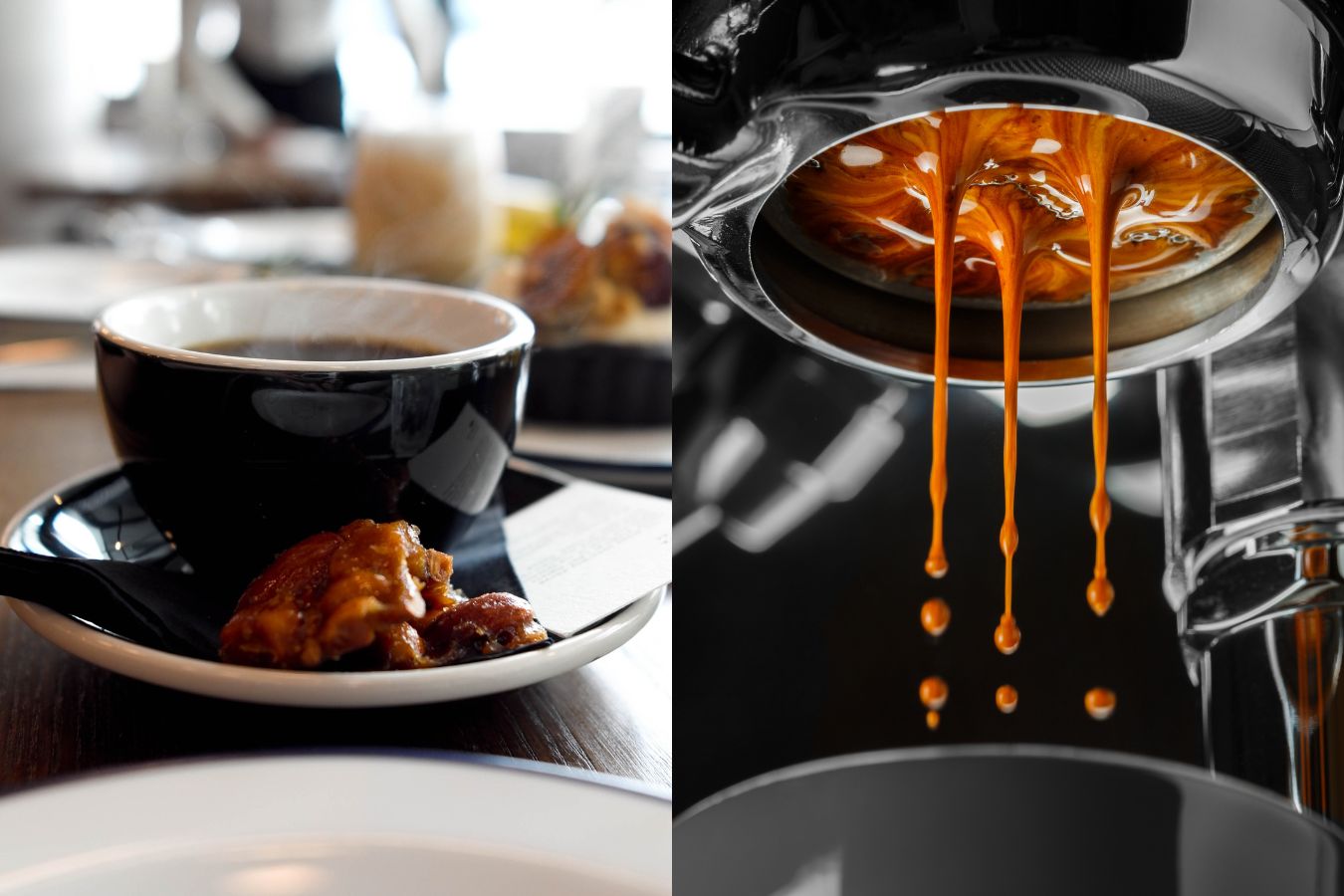SOE Single Origin Espresso – Showcasing Flavors from One Region
Wiki Article
Understanding Coffee Beans: the Journey From Coffee to Blended Coffee Beans

The Beginnings of Coffee: An International Perspective
While you may believe of coffee as a contemporary staple, its beginnings map back centuries, linking with societies throughout the globe. The story starts in Ethiopia, where tale states a goat herder named Kaldi found the stimulating effects of coffee beans after seeing his goats romping energetically after consuming them.As trade courses broadened, coffee made its way to Europe in the 17th century, rapidly gaining appeal. It transformed from a magical drink into a day-to-day ritual, inspiring celebrations and intellectual exchanges. Each society included its unique twist to coffee preparation, enhancing its history. This worldwide trip highlights how coffee links us, going beyond borders and unifying varied practices with a simple bean.
Growing and Harvesting of Espresso Beans
As coffee's trip advanced, the focus moved to the growing and harvesting of certain bean varieties, specifically those utilized for espresso. You'll discover that espresso beans commonly originate from Arabica or Robusta plants, each offering distinct flavors. The ideal expanding conditions include high altitudes and rich, well-drained dirt, which enhance the beans' high quality.During the harvest, choosing methods differ. In some regions, workers hand-pick ripe cherries, making sure just the best fruit goes to processing. In various other areas, mechanical harvesters are utilized, particularly on larger ranches. When the cherries reach peak perfection for optimum flavor., timing is crucial; you want to collect.
As soon as collected, the beans are gotten ready for handling, which is crucial in determining their last taste. Recognizing the growing and gathering procedures provides you insight into what enters into your favored espresso, enhancing your recognition for every mug.
Processing Methods: From Cherry to Bean
Since you've discovered gathering coffee beans, let's explore just how those cherries transform into the coffee beans you like. You'll see just how different harvesting methods influence taste, complied with by the necessary steps of fermentation and drying. Ultimately, we'll break down the milling and grading process that establishes your coffee's quality.Collecting Methods Explained
When it involves coffee, recognizing harvesting techniques is crucial, since they directly affect the taste and quality of the beans you delight in. There are 2 key methods: selective picking and strip selecting. Discerning selecting entails hand-picking only ripe cherries, ensuring you obtain the very best quality beans. This technique usually results in a richer flavor profile, though it's even more labor-intensive. On the other hand, strip picking means gathering all cherries at the same time, despite perfection. While it's quicker and cheaper, this can result in a mix of flavors, affecting the final product. Eventually, the option of collecting strategy can significantly affect your coffee experience, so it's worth knowing how those beans made it to your mug.Fermentation and Drying
After gathering, the next steps in processing coffee beans play a significant duty in forming their taste. You'll locate that fermentation is essential, as it helps break down the mucilage surrounding the beans, enhancing their preference account. Depending upon the approach, this process can last from a few hours to numerous days, with varying outcomes based upon temperature and moisture.When fermentation is complete, drying out complies with, which is equally vital. You can select from sun-drying or mechanical drying out techniques. Sun-drying allows the beans to soak up flavors from the environment, while mechanical drying out guarantees regular dampness degrees despite weather condition. Correct drying out is necessary to avoid mold and mildew and maintain the beans' top quality, ultimately affecting your cup of coffee.
Milling and Grading Process
As fermentation and drying out set the phase for flavor growth, the milling and grading process warranties that only the most effective coffee beans make it to your cup. This phase includes removing the external layers of the coffee cherry, including the parchment and husk. After milling, the beans are sorted by dimension and weight, ensuring a consistent high quality. You'll find that grading aids recognize problems and categorize beans, which impacts flavor and fragrance. High-quality beans obtain a greater quality, leading to a richer coffee experience. Once graded, the beans await packaging and delivery, protecting their special qualities. This thorough process is necessary for providing the phenomenal preference you enjoy in every sip of your favorite brew.Toasting Methods: Opening Flavor Potential
When you roast coffee beans, the approach you pick can substantially influence the taste profile. Understanding the partnership between time, temperature, and toasting strategies is crucial to disclosing the capacity of your brew. Let's discover how these elements collaborated to create the perfect cup.Roasting Techniques Discussed
While you may believe that all coffee toasting methods yield the exact same results, the fact is that each technique reveals special flavor possibilities in the beans. Drum toasting utilizes a turning drum to evenly disperse heat, enhancing caramelization and generating a balanced flavor. Air roasting, on the other hand, flows warm air around the beans, promoting a lighter roast with pronounced acidity.
Influence On Flavor Account
Various roasting techniques not just influence the procedure but likewise substantially affect the taste profile of the coffee beans. When you choose a light roast, you'll experience brilliant acidity and flower notes, showcasing the bean's origin. In comparison, a tool roast equilibriums acidity with sweetness, commonly disclosing chocolatey undertones. Dark roasts, on the various other hand, highlight strong, great smoky flavors, sometimes masking the bean's one-of-a-kind characteristics. Each method discloses different oils and compounds, resulting in a vast variety of flavors. By trying out you can try these out different toasting designs, you can find which profiles resonate with your taste. Understanding these nuances aids you appreciate the virtuosity behind your mug of coffee, enhancing your overall experience with every sip.Time and Temperature Level Variables
To release the complete taste potential of coffee beans, both time and temperature level throughout the toasting procedure play considerable duties. When toasting, you'll locate that greater temperature levels can promptly develop flavors, but if you hurry it, you might end up with scorched notes. Conversely, lower temperature levels permit a much more gradual flavor growth, showcasing the beans' special qualities.
Timing is simply as essential; expanding the roast too long can lead to a loss of level of acidity and brightness, while as well short a roast may leave the beans underdeveloped. Discovering that sweet place needs technique and trial and error. By readjusting these variables, you can expose the rich, intricate flavors concealed within each bean, developing a really remarkable coffee experience.
The Art of Mixing: Crafting Distinct Coffee Profiles

Beginning by picking a base coffee that offers a solid structure. After that, pick corresponding beans to enhance particular flavor notes. A bright Ethiopian bean can bring fruitiness, while a rich Brazilian coffee adds body. Trial and error is vital-- do not hesitate to adjust ratios until you find your suitable account.
As you blend, remember that each combination informs a tale. You're not just making coffee; you're producing an experience. So, take your time, preference frequently, and take pleasure in the trip of discovering your trademark blend.
Brewing Methods: How Prep Work Influences Taste
Blending coffee opens up a domain of flavor possibilities, but how you brew that blend can significantly influence your last mug. Various developing techniques extract one-of-a-kind tastes and aromas, so it's essential to choose intelligently. As an example, a French press allows debris and oils to remain, developing an abundant, full-bodied experience. On the various other hand, a pour-over highlights the coffee's clearness and brightness, best for showcasing delicate notes.Espresso, with its high pressure, generates a focused shot that accentuates sweet taste and crema. If you choose a lighter mixture, think about a cold brew approach; it generates a smooth, much less acidic taste.
Adjusting variables like water temperature level, grind size, and make time can change your coffee's profile. Welcome the art of brewing to uncover the flavors concealed in your coffee blends.
The Future of Coffee: Sustainability and Advancement
As the coffee industry progresses, sustainability and innovation are coming to be vital for dealing with ecological obstacles and meeting consumer needs. You'll notice that even more coffee firms are embracing environmentally friendly techniques, from sourcing beans ethically to applying sustainable farming strategies. These changes not only assist the world however likewise improve the top quality of the coffee you appreciate.You might see developments like naturally degradable product packaging and water-saving developing techniques that minimize waste. Advanced modern technology, advice such as blockchain, is additionally coming to be preferred, making certain openness in the supply chain, which permits you to map your coffee back to its beginnings.
On top of that, buying regional neighborhoods and supporting farmers with fair trade initiatives fosters a more lasting coffee ecological community. As you drink your following cup, keep in mind that your options can add to a brighter future for coffee. By choosing sustainable brands, you're not simply taking pleasure in a drink; you're making a favorable impact on the globe.
Regularly Asked Questions
What Is the Difference Between Arabica and Robusta Beans?
Arabica beans are smoother, sweeter, and have a greater acidity, while robusta beans are stronger, extra bitter, and consist of more high levels of caffeine. When brewing your coffee., you'll notice these distinctions in flavor and fragrance.Just How Does Altitude Affect Coffee Bean Flavor?
Altitude impacts coffee bean taste considerably. Greater elevations generate beans with brighter acidity and facility flavors, while reduced altitudes frequently yield beans that are much heavier and much less nuanced. You'll discover these distinctions in your cup!What Are the Wellness Advantages of Alcohol Consumption Coffee?
Drinking coffee can enhance your energy, enhance psychological focus, and also enhance physical efficiency. It's abundant in antioxidants, might lower the danger of certain illness, and can promote a much healthier metabolic process when consumed in small amounts.Can Coffee Beans Be Recycled for Brewing?
Yes, you can reuse coffee beans for developing, yet the flavor could be weak. If you delight in trying out, try reusing them in various means, like cold brews or including in smoothies for an additional kick.Just how Should I Shop Coffee Beans for Freshness?
To keep your coffee beans fresh, keep them in an impermeable container in an amazing, dark area. Avoid exposing them to warm, moisture, or light, as these elements can quickly deteriorate their taste and scent.Understanding Coffee Beans: the Trip From Espresso to Blended Coffee Beans.
Now that you've learned about harvesting coffee beans, let's discover exactly how those cherries transform right into the coffee beans you enjoy.When you roast coffee beans, the method you pick can considerably affect the taste account - Single Origin Espresso.While you may assume that all coffee toasting methods generate the his response exact same outcomes, the reality is that each method reveals one-of-a-kind taste capacities in the beans.Various roasting methods not just affect the process however additionally significantly impact the flavor account of the coffee beans
Report this wiki page